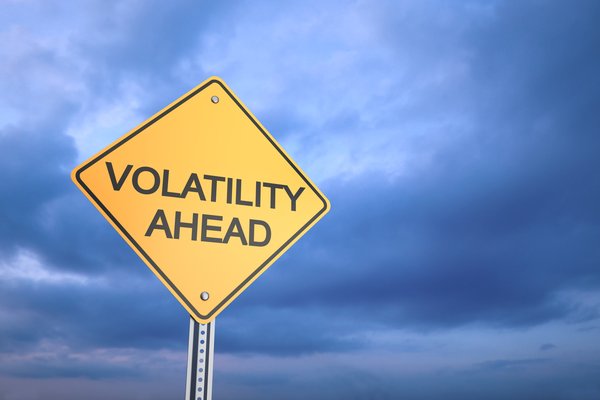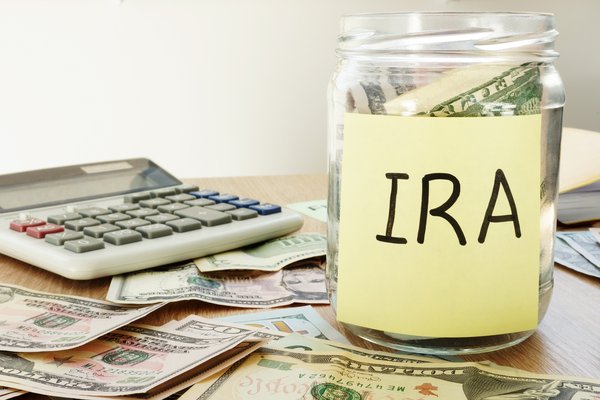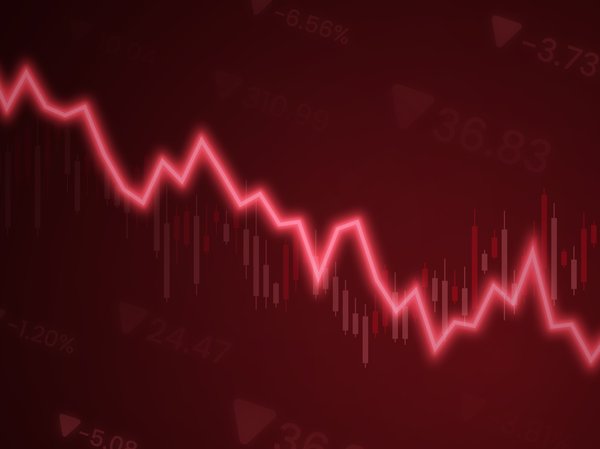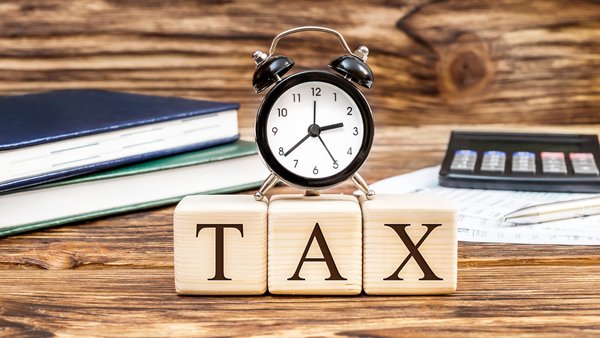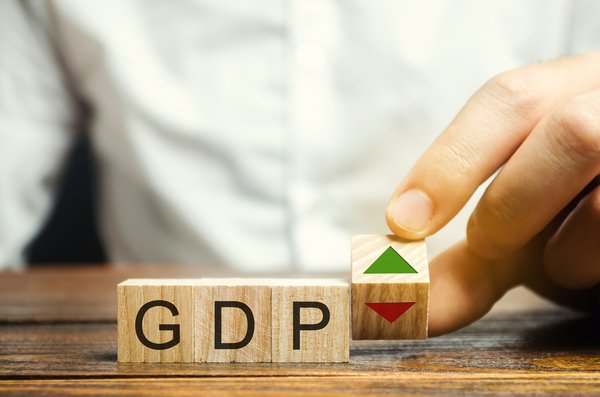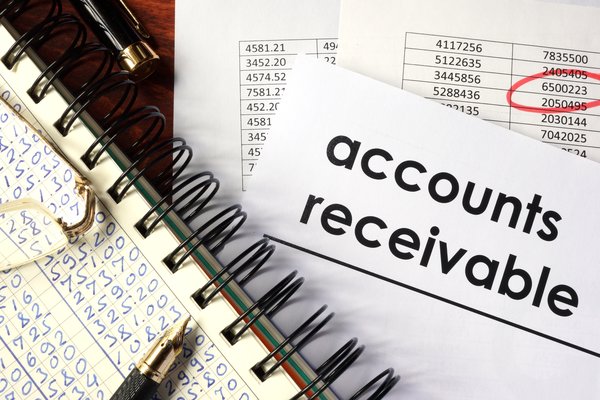Treasury bills are among the safest investments in the market. They're backed by the full faith and credit of the U.S. government, and they come in maturities ranging from four weeks to one year. When buying Treasury bills, you'll find that quotes are typically given in terms of their discount, so you'll need to calculate the actual price.
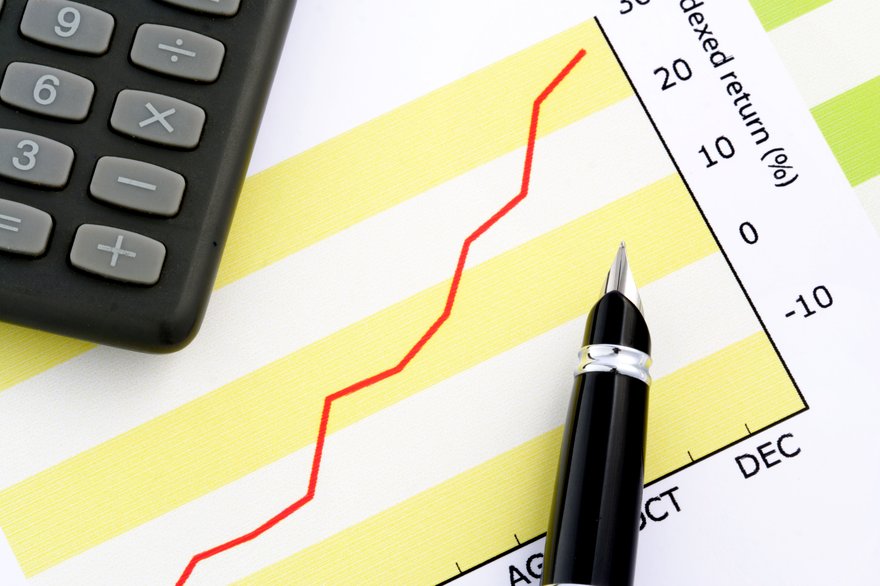
The calculation
Getting the price from the interest rate
To calculate the price, you need to know the number of days until maturity and the prevailing interest rate. Take the number of days until the Treasury bill matures and multiply it by the interest rate in percent. Take the result and divide it by 360, as the Treasury uses interest-rate assumptions using the common accounting standard of 360-day years.
Then, subtract the resulting number from 100. That will give you the price of a Treasury bill with a face value of $100. If you want to invest more, then you can adjust the figure accordingly.
As a simple example, say you want to buy a $1,000 Treasury bill with 180 days to maturity, yielding 1.5%. To calculate the price, take 180 days and multiply by 1.5 to get 270. Then, divide by 360 to get 0.75, and subtract 100 minus 0.75. The answer is 99.25. Because you're buying a $1,000 Treasury bill instead of one for $100, multiply 99.25 by 10 to get the final price of $992.50.
Keep in mind that the Treasury doesn't make separate interest payments on Treasury bills. Instead, the discounted price accounts for the interest that you'll earn. For instance, in the preceding example, you'll receive $1,000 at the end of the 180-day period. Because you only paid $992.50, the remaining $7.50 represents the interest on your investment over that time frame.
Treasury bill quotes can look complicated, but it's pretty easy to figure out the price. With just a few simple calculations, you can convert quotes to Treasury-bill prices, and know what you'll need to pay to invest.
To get more information on how to start investing -- in Treasury bills and other investment instruments -- head on over to our Broker Center.















